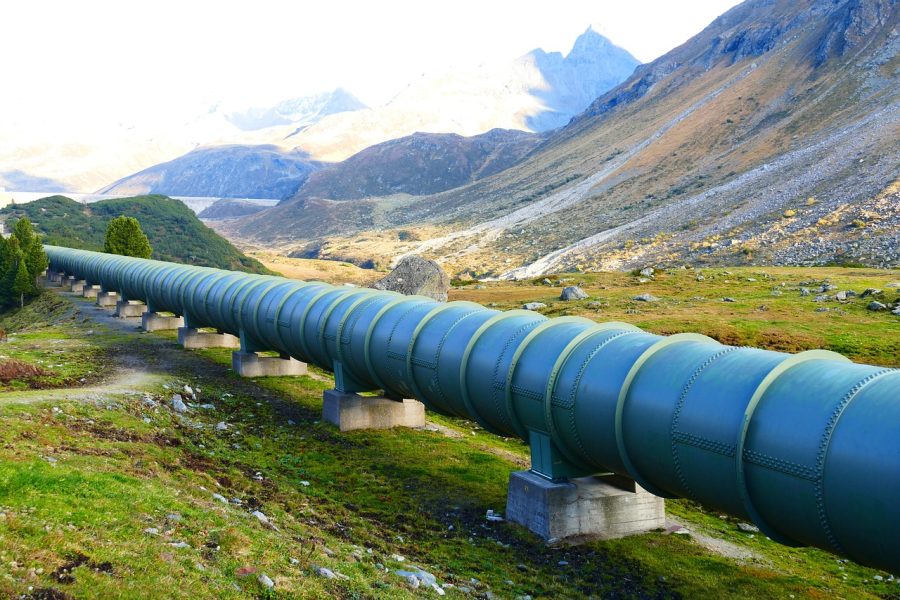State-Of-The-Art Trends in Pipeline Integrity
The pipeline industry is rapidly evolving, with increasing demands
- 2025-01-15

What is Risk-Based Design and Assessment (RBDA) in Pipeline Integrity?
Risk-Based Design and Assessment (RBDA) combines engineering principles with probabilistic risk analysis to identify, analyze, and mitigate potential threats to pipeline systems. Unlike traditional design approaches, RBDA prioritizes risk and safety at every stage of pipeline design, maintenance, and operation.
Key Components of RBDA in Pipeline Management
RBDA involves several critical steps to ensure optimal pipeline integrity:
- Risk Identification
- Evaluate potential threats such as corrosion, cracks, dents, or geotechnical instability.
- Integrate operational data and maintenance records to identify vulnerable sections.
- Risk Analysis
- Assess the likelihood of failures and their potential consequences using advanced models and data-driven approaches.
- Design Optimization
- Customize pipeline designs based on identified risks, adjusting parameters like materials, wall thickness, and protective coatings.
- Mitigation and Maintenance
- Focus on high-risk sections by implementing preventive measures, such as cathodic protection or regular inspections.
- Monitoring and Reassessment
- Use real-time data and periodic inspections to update risk models and ensure ongoing safety.
- Regulatory Compliance
-
- Align practices with industry standards like CSA Z662 and ASME B31.8S to meet safety and environmental requirements.
Leveraging Technology for Advanced Pipeline Management
Modern RBDA frameworks integrate cutting-edge technologies, transforming the way risks are analyzed and mitigated. HINGENEERING Consulting applies state-of-the-art tools to provide actionable insights for pipeline operators:
- Python-Based Coding for Analysis: Automate complex calculations to enhance efficiency and accuracy.
- Interactive and Visualized Solutions: Use dashboards and 3D models to help stakeholders make informed decisions.
- Reliability-Based Assessment: Develop robust engineering models that factor in operational and maintenance data for tailored solutions.
Why RBDA is a Game-Changer
RBDA has become indispensable for pipeline operators aiming to maintain safe systems while optimizing costs. Its benefits include:
- Enhanced Safety: Proactively identify and address high-risk areas, reducing the likelihood of leaks or failures.
- Resource Optimization: Prioritize inspection and maintenance efforts where they’re most needed.
- Cost Efficiency: Minimize downtime and costly repairs by addressing risks early.
- Sustainability: Reduce environmental impact by mitigating leak risks and adopting eco-friendly design practices.
